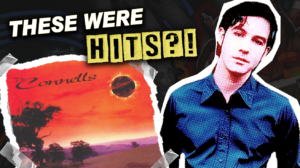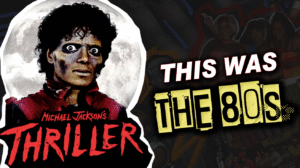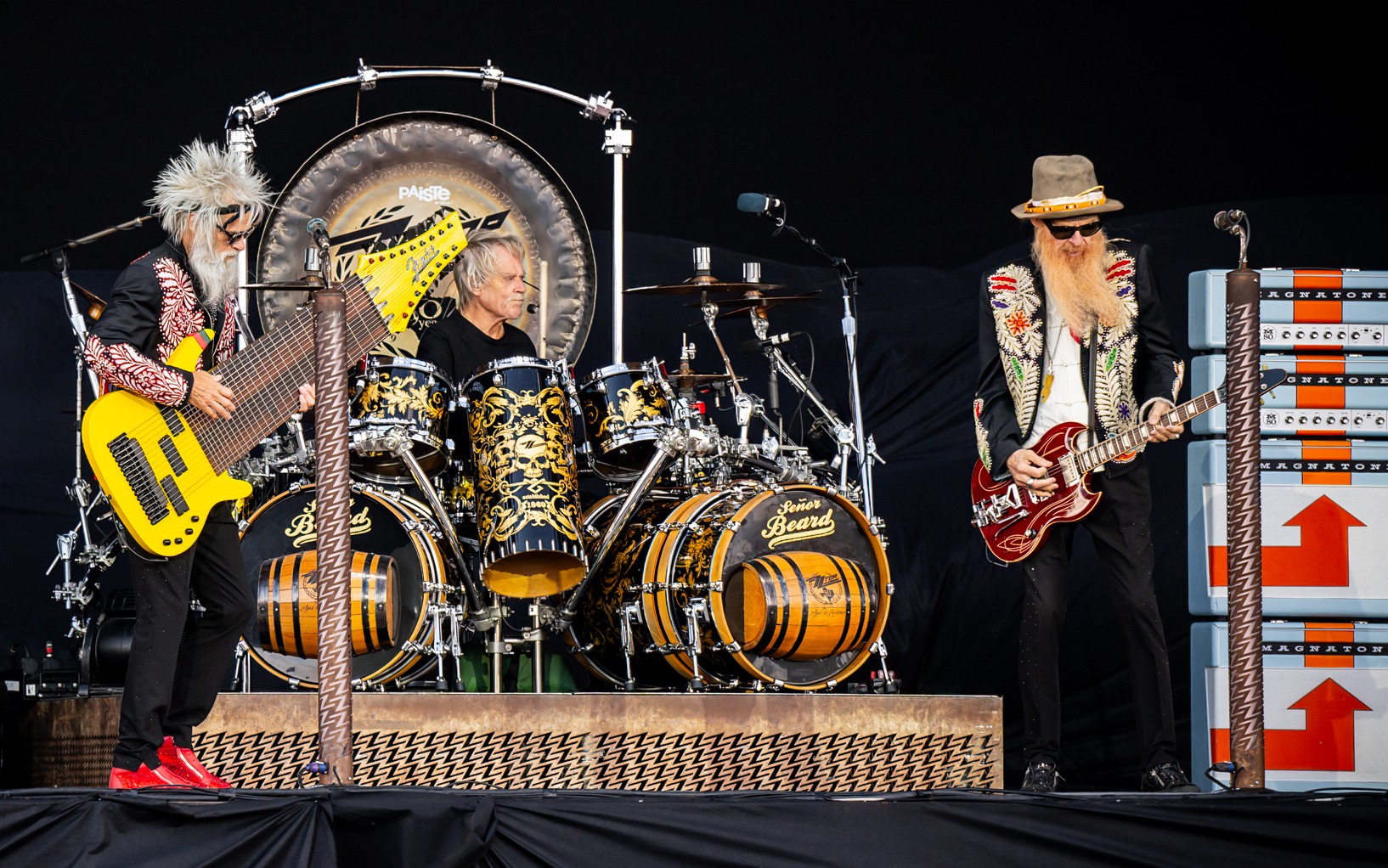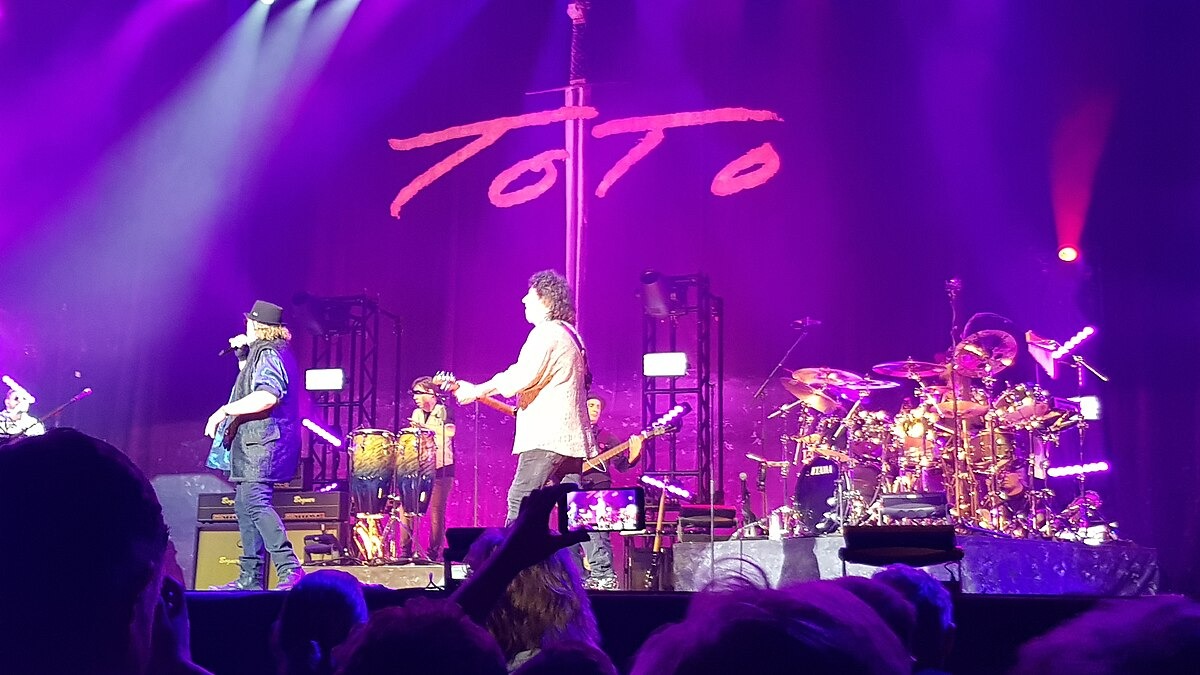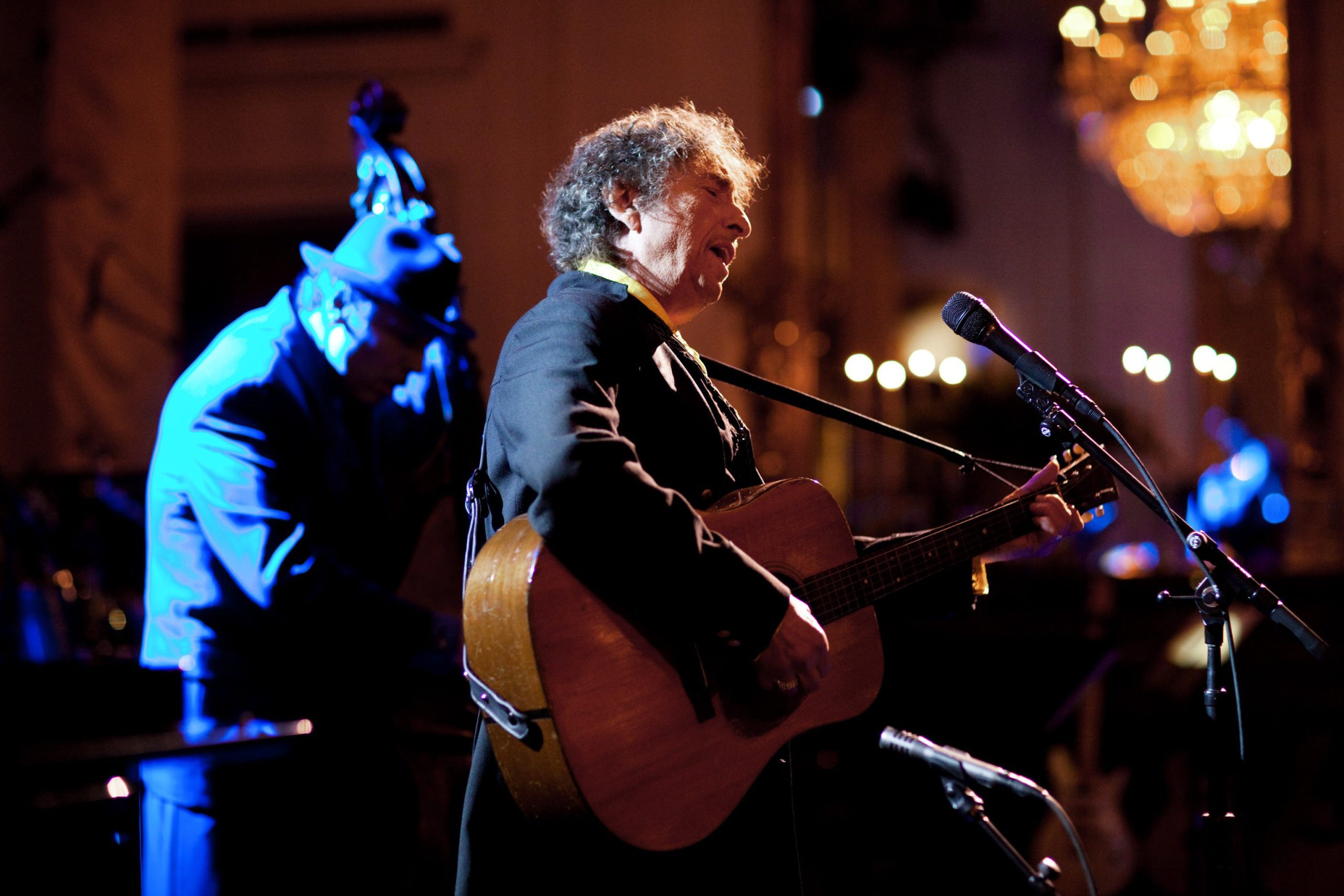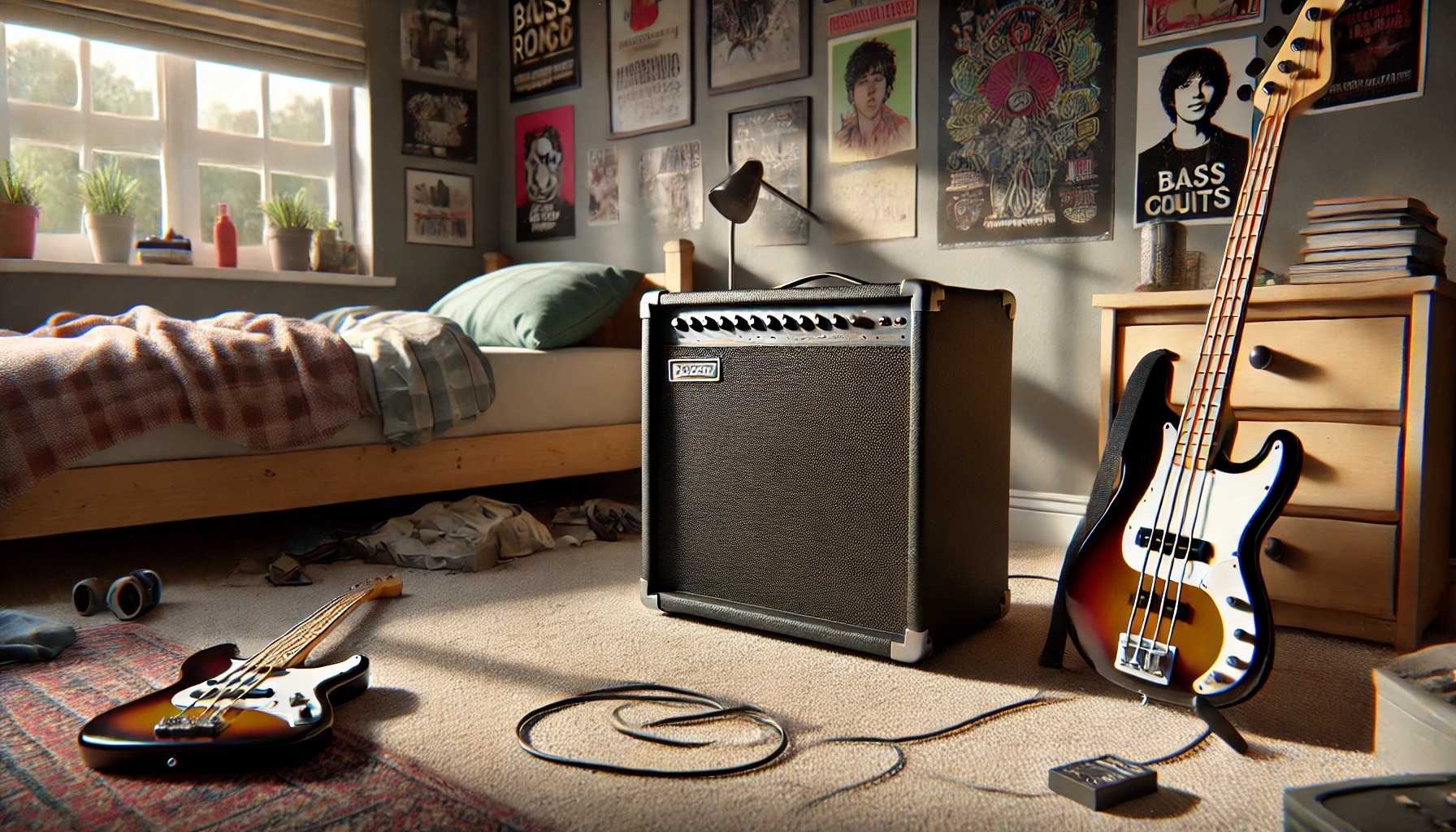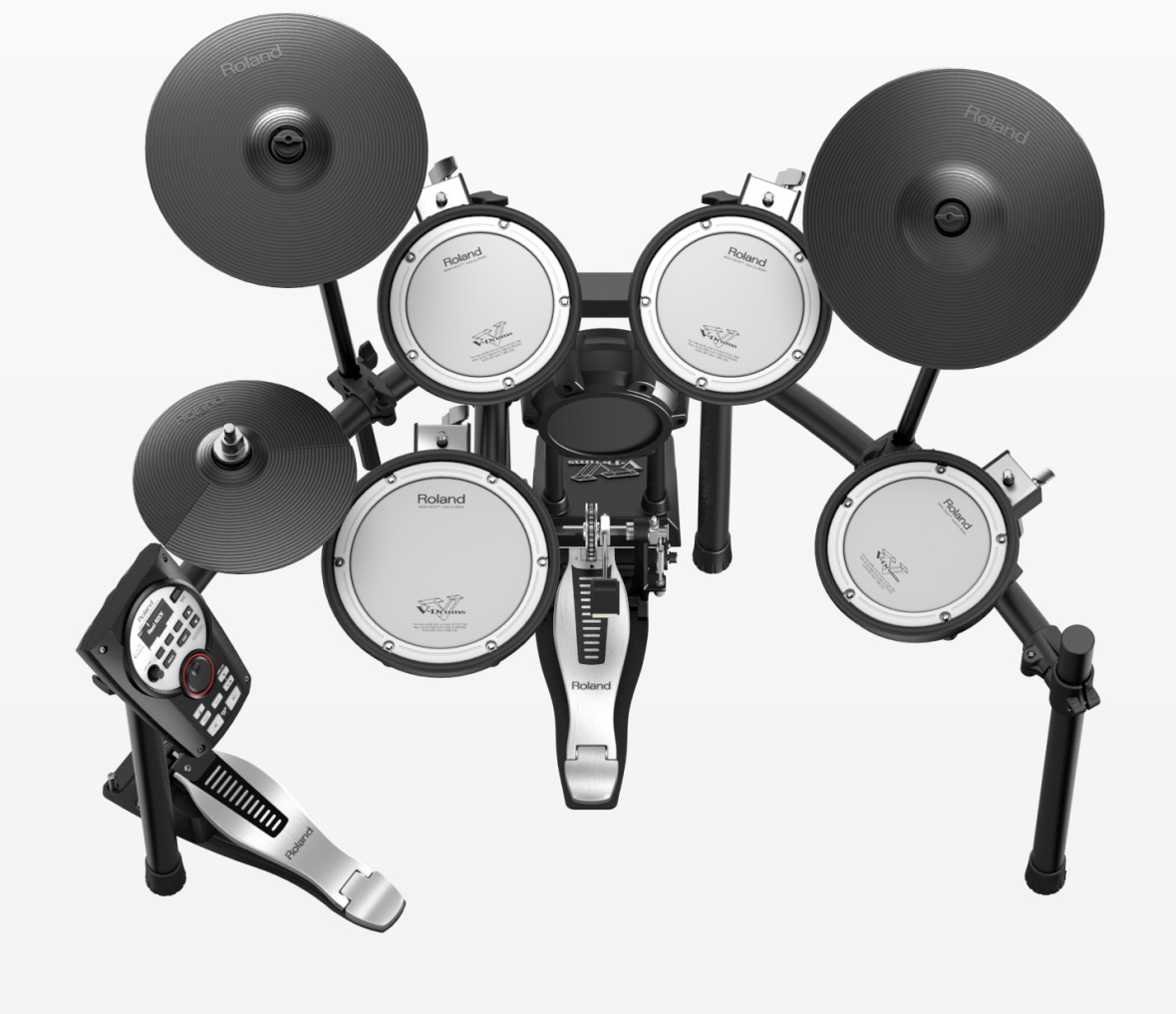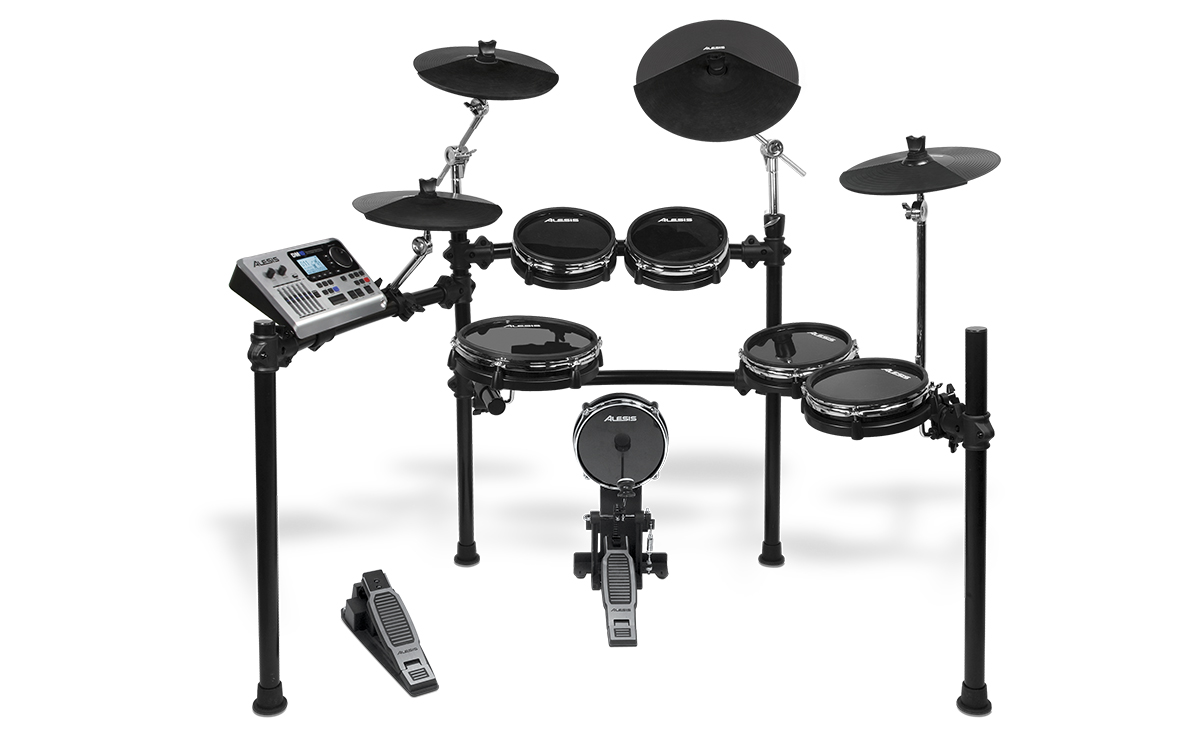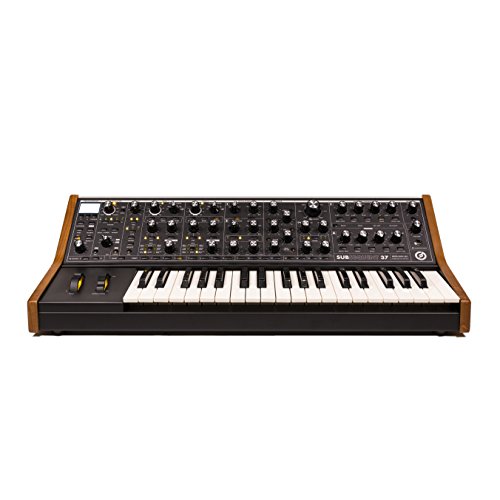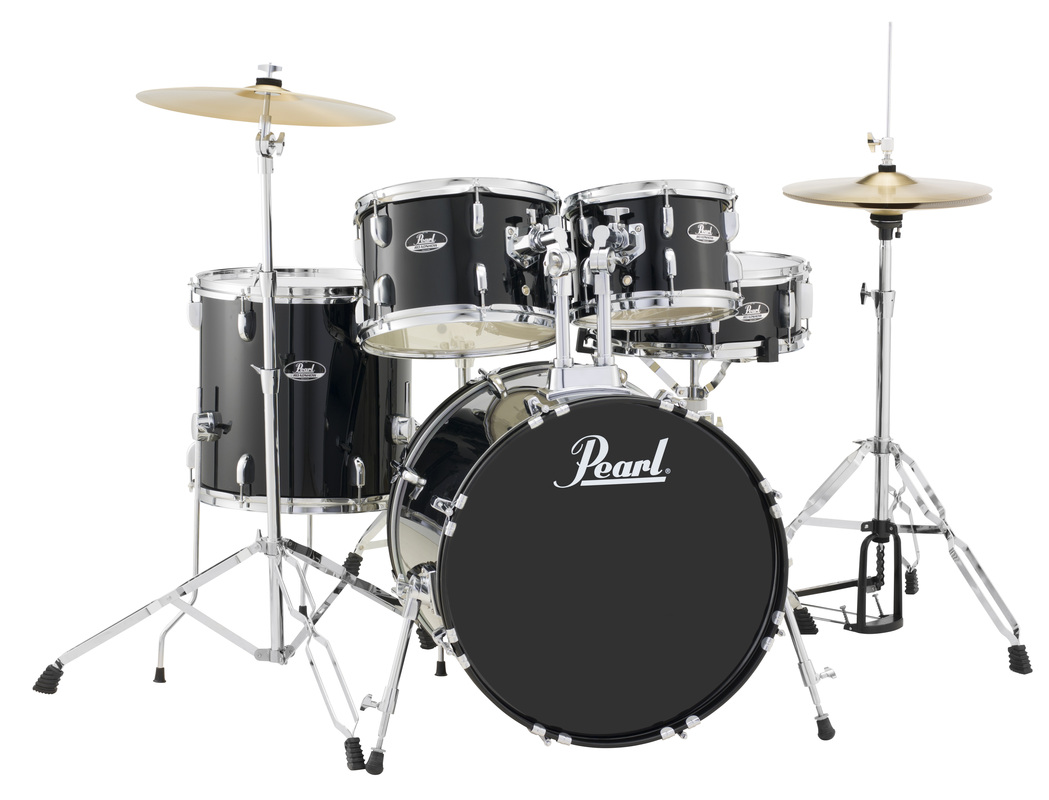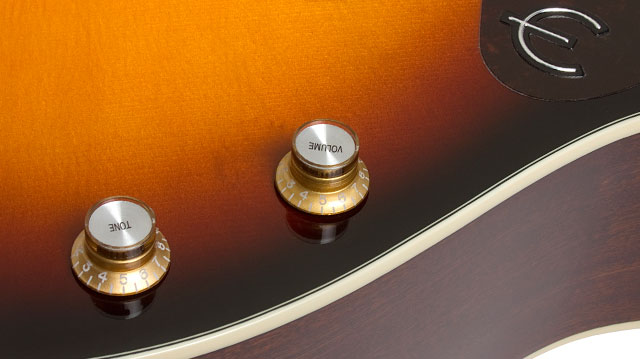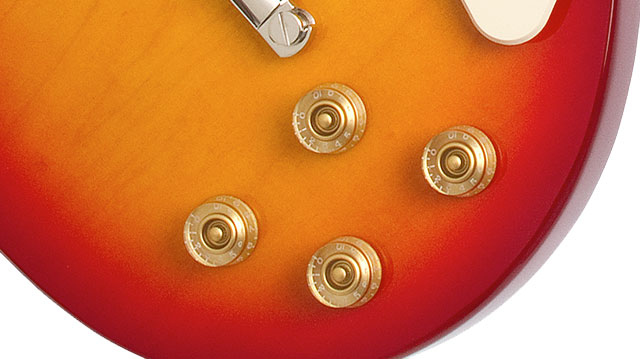
Have you ever held a piece of the 1960s in your hands? From banana bikes to lava lamps, everyday objects tell stories of an extraordinary decade. The simple toys and trends of this era sparked cultural revolutions that still influence us today.
Children’s weekend cartoons shaped entire generations, while fashion statements like mini skirts challenged social norms.
12. The Iconic Banana Bike
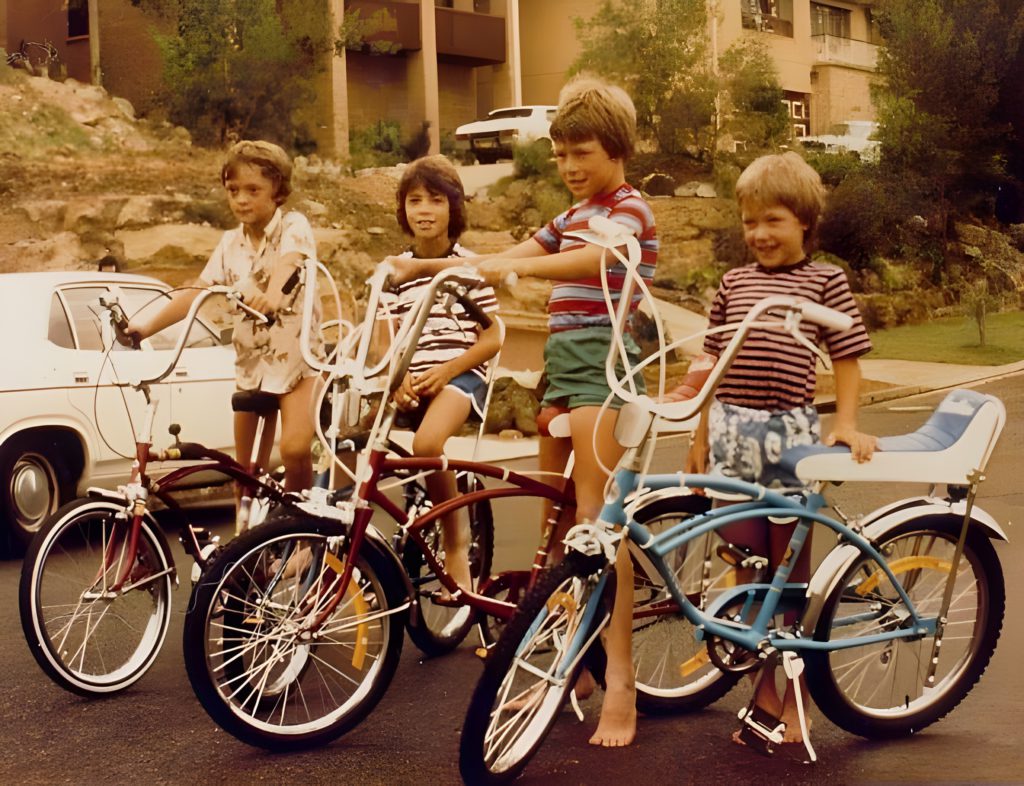
In 1963, Schwinn transformed American youth culture with the Stingray bicycle. If you grew up in the sixties, you probably remember the distinctive 20-inch rear and 16-inch front wheels that set this bike apart from anything else on the block. Local bicycle shops watched demand soar as young riders discovered its unique combination of style and performance, available for $49.95. The Stingray’s influence extended beyond sales figures of 172,000 units – it became the first bike that made kids race home from school instead of to it.
11. Go-Go Boots: A Fashion Revolution
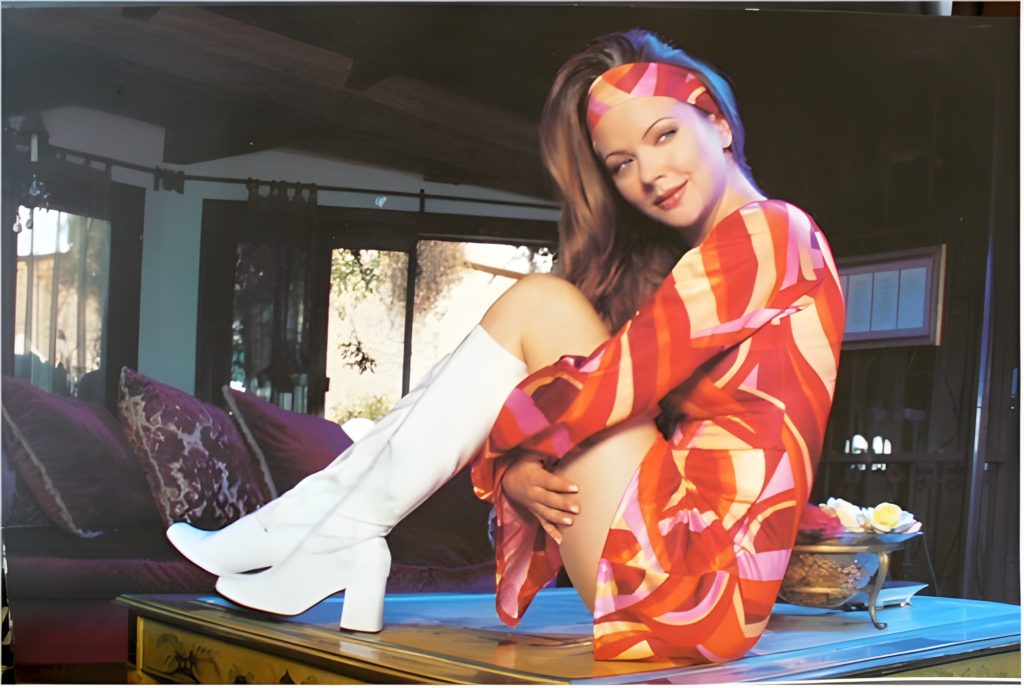
André Courrèges launched a footwear revolution when his white vinyl boots debuted in Paris fashion houses. By fall 1965, American department stores reported go-go boots claiming 65% of footwear revenue in their women’s sections. You might have seen these iconic boots everywhere from dance floors to high school hallways as style variations proliferated. Nancy Sinatra’s hit didn’t just drive sales past 2 million pairs – it turned a fashion statement into a declaration of independence that echoed down every Main Street in America.
10. Roller Skating: A Social Hub
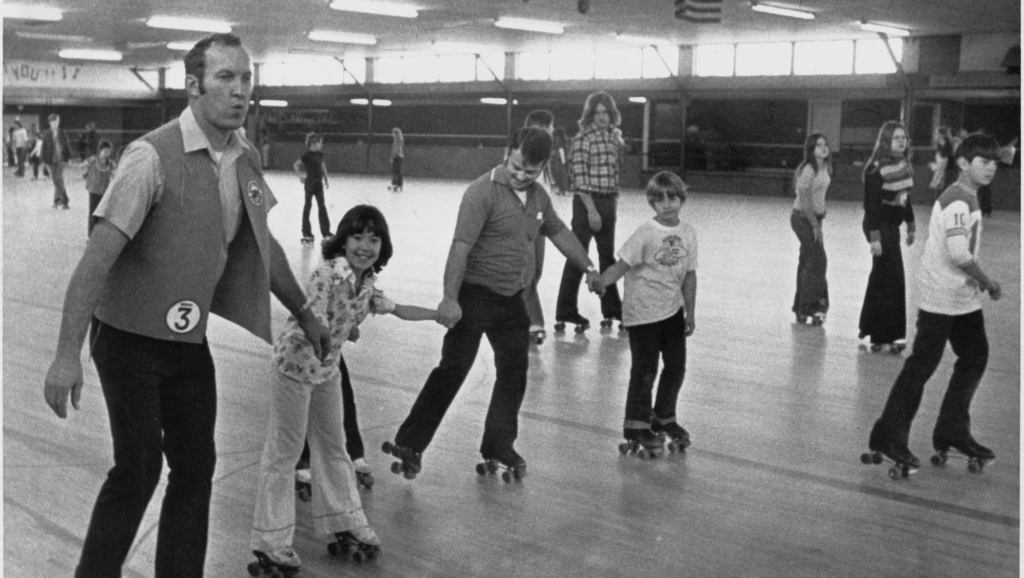
Community roller rinks defined social life for a generation of young Americans in the 1960s. Between 1963 and 1967, attendance surged 300% as these venues evolved into cultural landmarks. If you listened carefully over the sound of wheels on wood, you could hear advanced sound systems pumping out the latest hits while 1,200 skaters regularly gathered each Saturday night. Chicago’s Riverview Roller Rink exemplified this phenomenon when 3,500 enthusiasts created a single evening of organized chaos that local papers dubbed “The Night Everyone Rolled.”
9. The Lava Lamp: A Groovy Icon
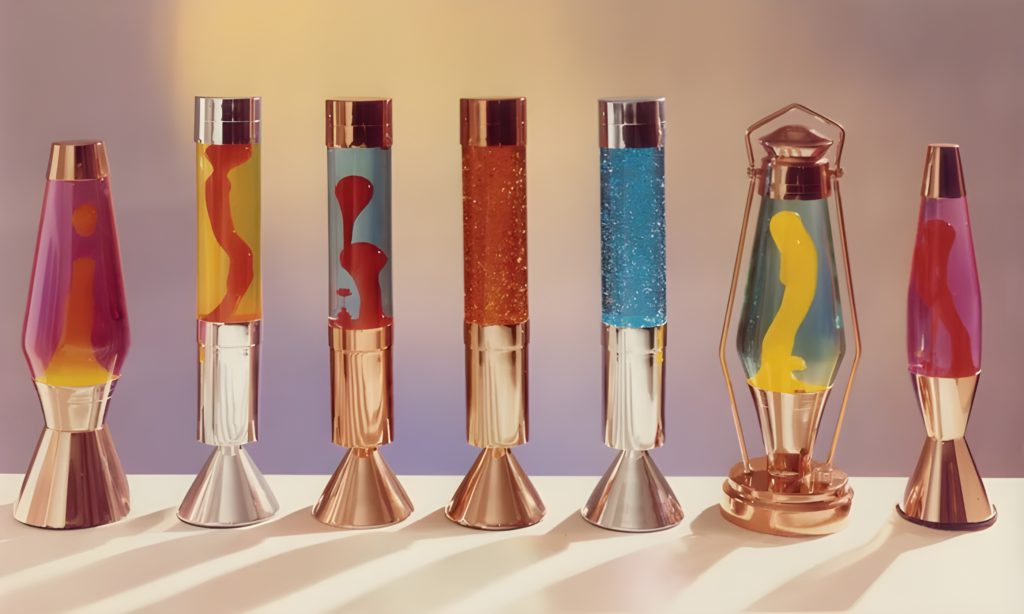
Edward Craven Walker’s 1963 invention captured America’s imagination after crossing the Atlantic. British factories increased output from 100 units weekly to meet international orders. The distinctive lighting fixture’s popularity prompted its creator to sell U.S. patent rights for $65,000, leading to expanded production. While global sales reached 7 million units by 1969, the real measure of success was how many teenage bedrooms finally had something worth staring at besides homework.
8. Raquel Welch: A Screen Icon
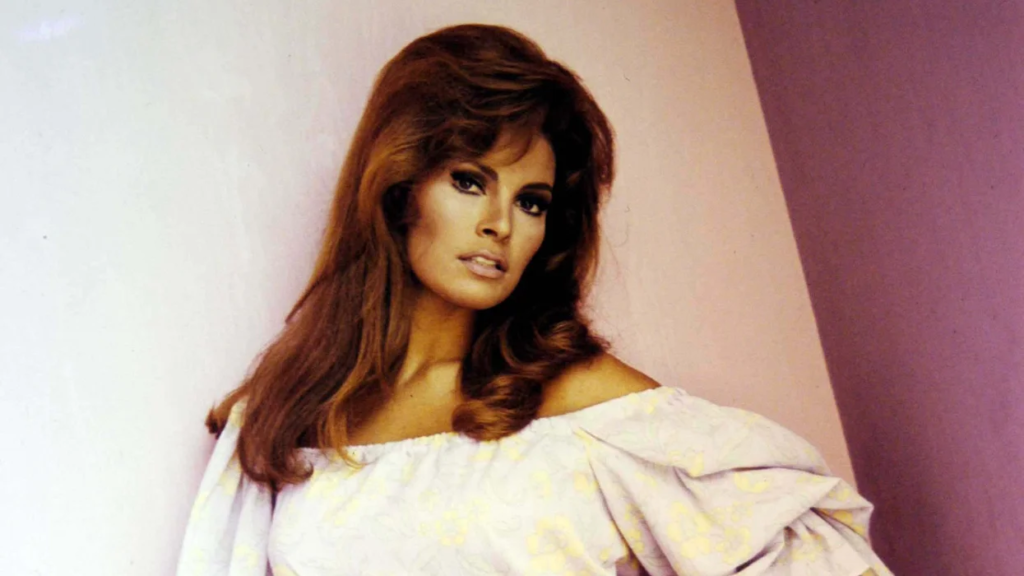
Hollywood discovered a transformative talent when Raquel Welch stepped into leading roles. Her breakthrough in “One Million Years B.C.” generated $8.5 million at box offices despite minimal dialogue. Studio contracts reflected her growing influence, reaching $1 million per film by 1968. Those 12 million posters didn’t just adorn walls – they redefined what strength looked like on the silver screen.
7. Saturday Morning Cartoons
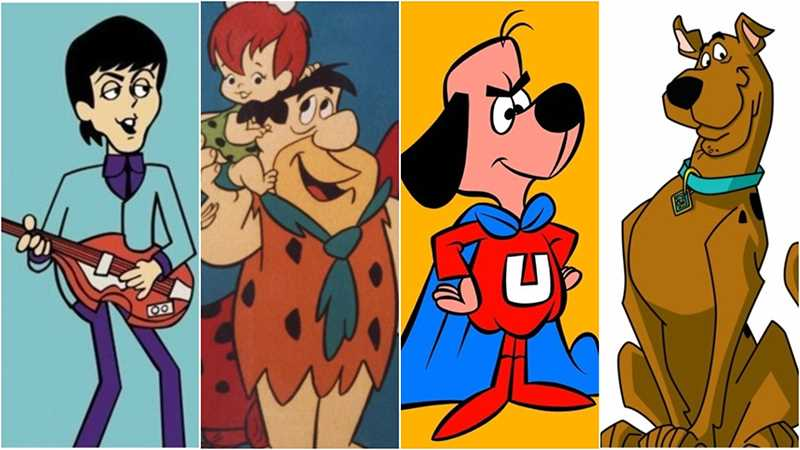
Television networks reinvented weekend programming through animated entertainment. If you were lucky enough to have a color TV, morning broadcasts attracted peak audiences of 24 million viewers during the 1965-66 season. Studios invested heavily in quality, spending $70,000 per episode on premium productions. The Flintstones didn’t just capture an unprecedented 52% prime-time market share – it proved cartoons could make parents laugh as hard as their kids.
6. The Family Station Wagon
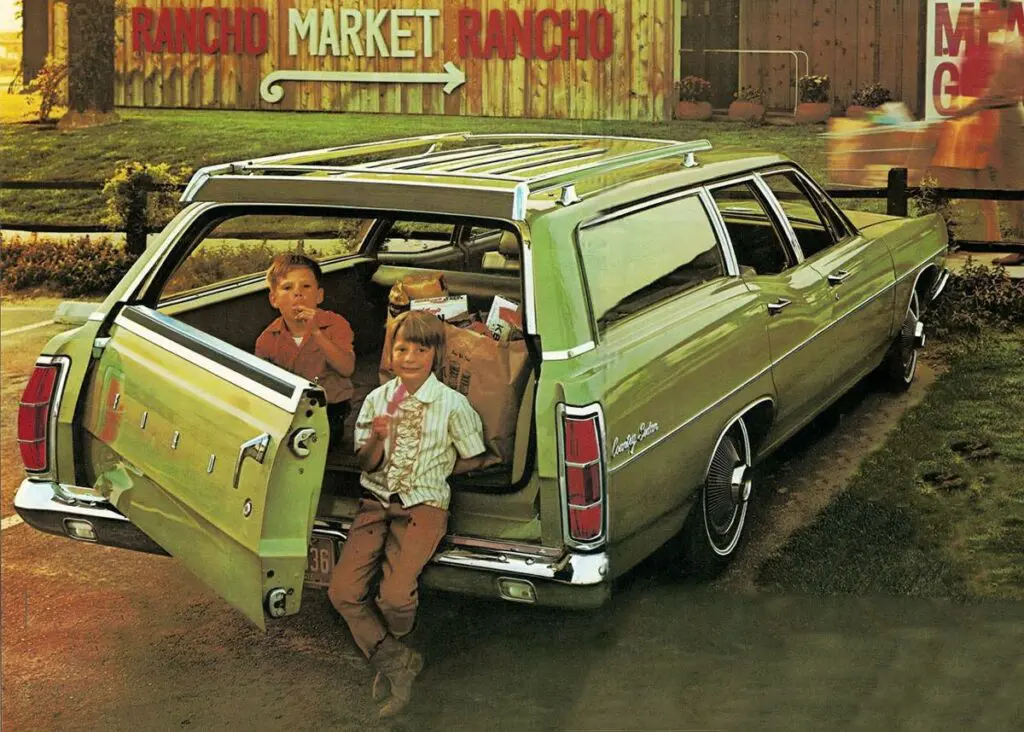
Station wagons dominated suburban driveways throughout the 1960s, and you probably remember fighting for the coveted rear-facing seat. Ford’s Country Squire led the category with 156,000 deliveries in 1964, while surveys revealed 42% of American households owned these versatile vehicles by 1967. Chrysler’s rear-facing third row appeared in 64% of models after 1965, turning every family road trip into an adventure where half the kids watched where they’d been instead of where they were going.
5. The Rise of the Hippie Movement
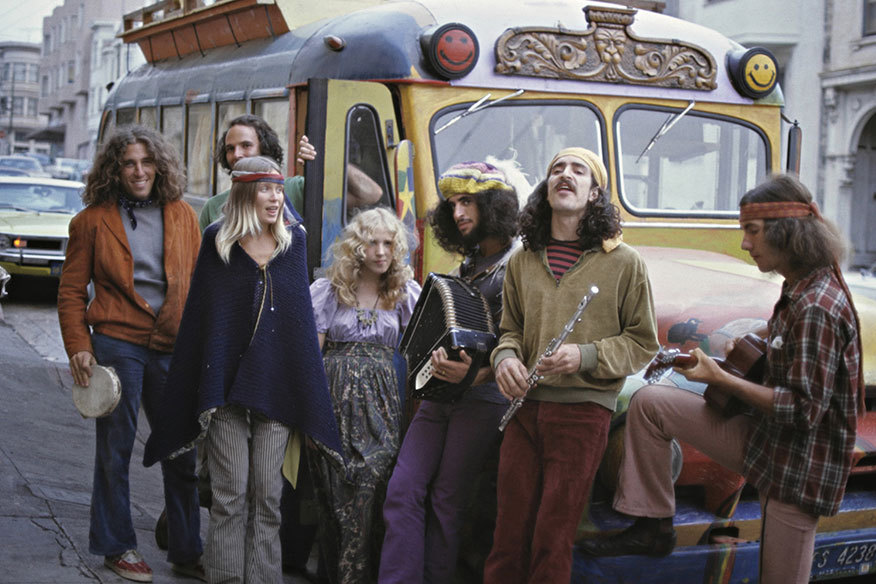
San Francisco’s Haight-Ashbury district swelled from 15,000 to 100,000 residents during 1967’s Summer of Love, creating a cultural earthquake felt across America. California witnessed the establishment of 450 communes by 1969, while peaceful demonstrations grew by 300% between 1965 and 1968. Environmental activism among young Americans increased 85%, transforming flower power into a force that would reshape national policy for decades to come.
4. Rock ‘Em Sock ‘Em Robots
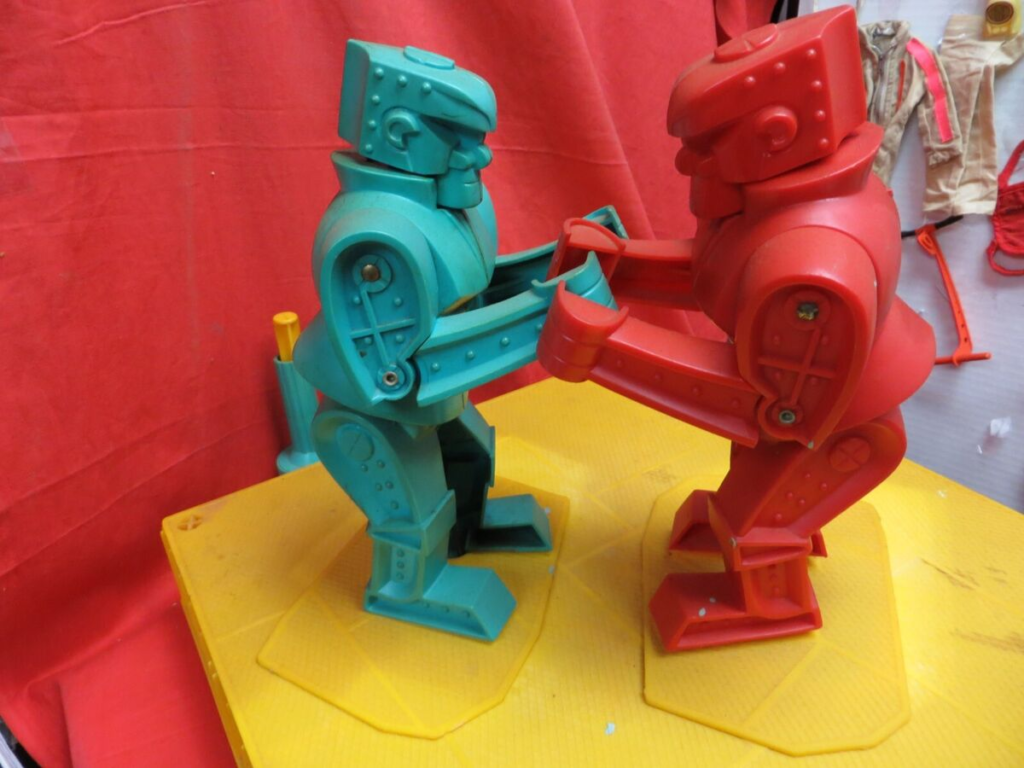
Marx Toys launched their tabletop boxing game in 1964 at $8.99, proving that robot fighting was just as exciting before batteries were required. Holiday demand prompted 200% production increases for 1965, as kids discovered the joy of mechanical mayhem. Distribution records show 1.3 million units reached American homes by 1967, with quality control maintaining defect rates below 2% – though no one counted how many family arguments these bouts settled.
3. The Mini Skirt: A Symbol of Liberation
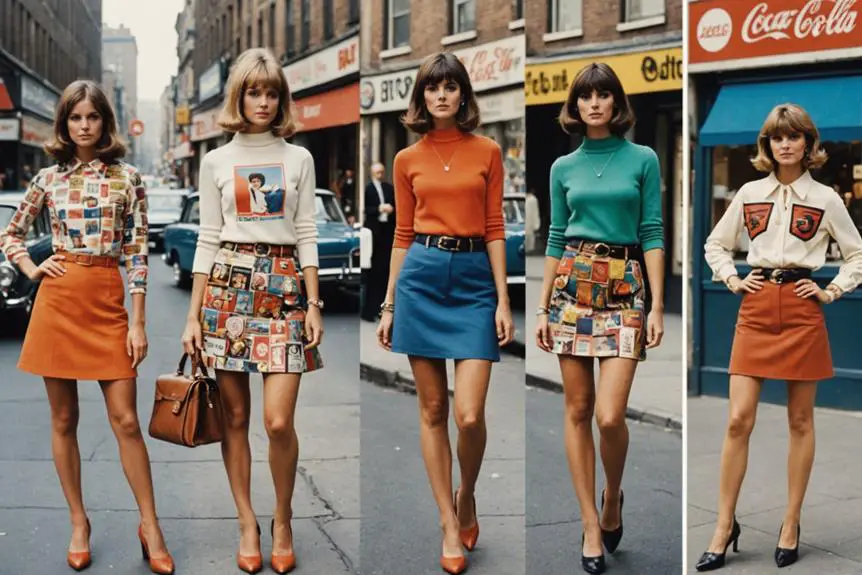
Mary Quant’s designs sparked a fashion revolution from London boutiques to American department stores. Dress patterns adapted as hemlines rose 7 inches within eighteen months, challenging traditional notions of appropriate attire. Retailers recorded $8 million in mini skirt sales during 1966, while manufacturers noted 45% fabric reduction compared to traditional skirts. Each inch above the knee represented another crack in the facade of post-war conformity.
2. The Beatles: A Cultural Phenomenon
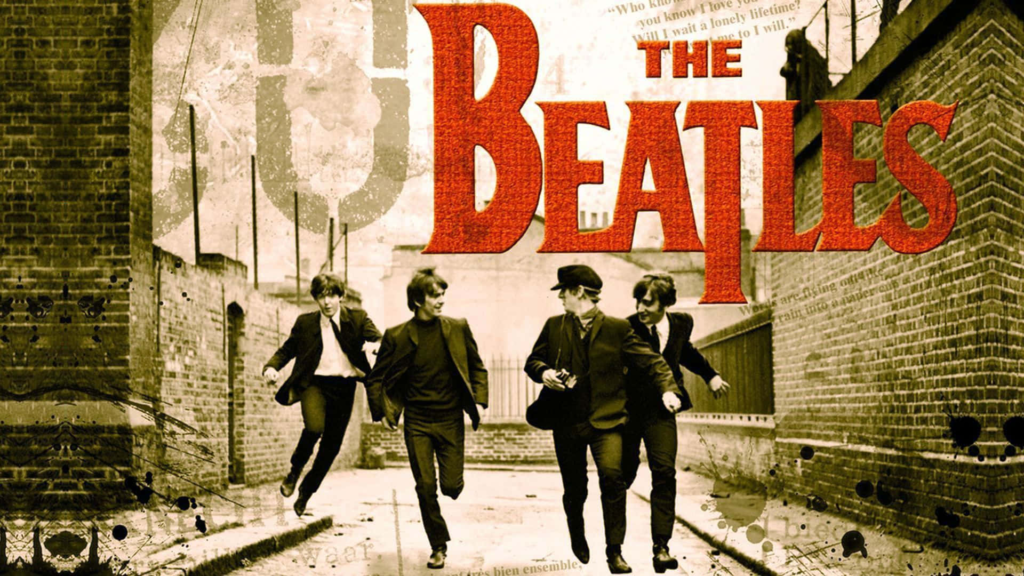
Ed Sullivan’s February 1964 broadcast reached 73 million viewers, representing 45% of American households – and probably every teenager in the country. Record stores moved 1.2 million units within a day of their first U.S. release, while the band placed an unprecedented 14 songs simultaneously on Billboard’s Top 100. Their final American tour generated $304 million in modern equivalent revenue, but the screams of Beatlemania still echo in the memories of everyone who was there.
1. The Twist: A Dance Craze
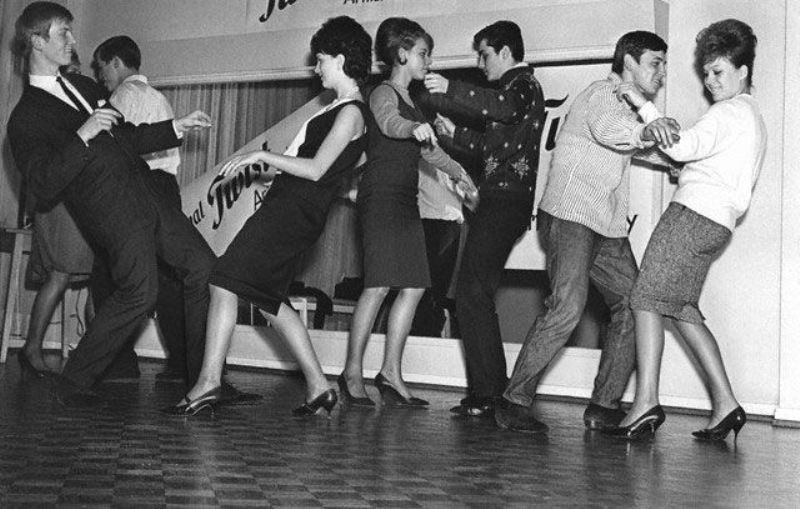
Chubby Checker’s distinctive dance move reshaped American social gatherings in 1960, proving you didn’t need a partner to start a revolution. Initial pressings achieved million-copy sales within months, while dance studios reported 250% enrollment increases for adult classes in 1961. The simple instruction “just pretend you’re putting out a cigarette and drying your back with a towel” helped venues featuring twist contests document doubled attendance figures – and finally gave parents and kids a dance they could both do without embarrassment.




